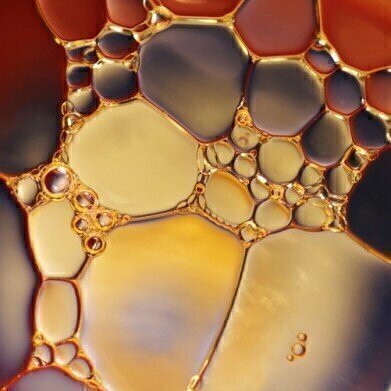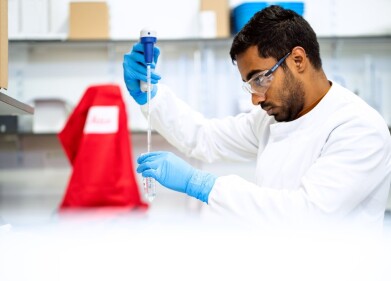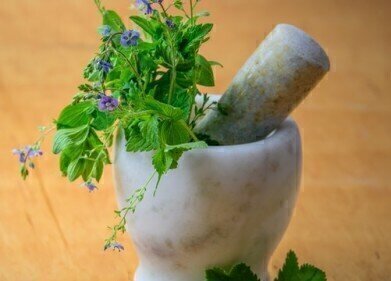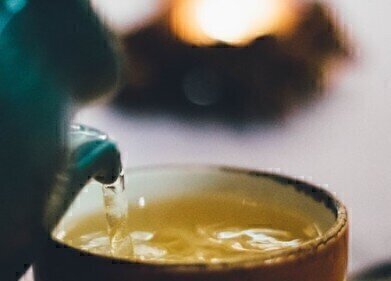Thin layer chromatography (TLC)
What's in Your Squirty Cream? - Chromatography Explores
Sep 30 2020
Many people like a bit of squirty cream on their apple pie or hot chocolate. Squirty cream is generally made of only a few ingredients – unsurprisingly, the main one being cream. A recent paper - Determination of mono- and diacylglycerols from E 471 food emulsifiers in aerosol whipping cream by high-performance thin-layer chromatography–fluorescence detection – published online in the journal Analytical and Bioanalytical Chemistry reports on a new method that scientists have developed to analyse one of the other key ingredients in squirty cream. And chromatography plays a key role in the process. Let’s look at emulsifiers and see how chromatography can analyse the cream.
Oil and water – polar apart
Emulsifiers might sound like some kind of weird food additive that food companies use to taint our fresh natural food. But nothing could be further from the truth, especially for cream. But more about that later. It is a basic fact that oil and water do not mix. The reason is related to the properties of oil and water. Water is made up of an oxygen atom and two hydrogen atoms. This means that the water molecule has an uneven charge distribution across the molecule – it is a polar molecule. Water molecules form strong hydrogen bonds with other polar molecules and other water molecules. Oil is non-polar; in fact, it is hydrophobic and hates water molecules.
So, the two never mix – unless you add a special ingredient like an emulsifier. You see, that is all an emulsifier is really. It allows water and oil molecules to mix and form an emulsion. And how is this related to cream. Well, cream is made from milk and you guessed it. Milk is an emulsion – a complex mix of fat suspended in an aqueous solution with various proteins including casein acting as an emulsifier. But additional emulsifiers are needed in squirty cream – and the main one is E471.
E471: Mono- and diglycerides of fatty acids
E471 is possibly the emulsifier that is used the most as a food additive. It is mainly produced from vegetable oils although sometimes animal fats are used. E471 contains the mono- and diglycerides of fatty acids. As well as allowing oil and water to mix, emulsifiers can also be used to alter how a product behaves, the technical and functional properties of the product. In the case of squirty cream, how does the cream make nice shapes after it is squirted – normal cream sits in a nice puddle when tipped out of its container.
Researchers behind the paper referenced above, used high-performance thin-layer chromatography with fluorescence detection (HPTLC-FLD) to analyse the concentration of E471 in several squirty creams – officially known as aerosol whipping cream. The use of chromatography to analyse food samples is discussed in the article, A question of taste? The researchers found that the method used was reliable and efficient for the analysis of emulsifiers.
Events
May 11 2025 Vienna, Austria
May 18 2025 Tempe. AZ, USA
May 21 2025 Birmingham, UK
Jun 01 2025 Baltimore, MD, USA
Jun 15 2025 Bruges, Belgium














